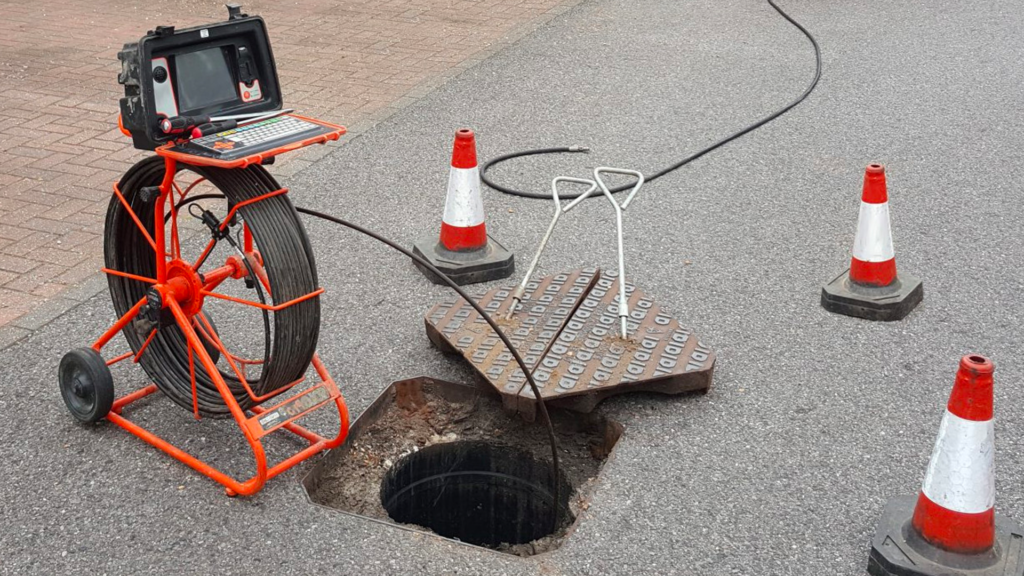The Only Guide to Reclaim Waste
The Only Guide to Reclaim Waste
Blog Article
The Basic Principles Of Reclaim Waste
Table of ContentsThe Reclaim Waste Diaries7 Easy Facts About Reclaim Waste ShownHow Reclaim Waste can Save You Time, Stress, and Money.8 Easy Facts About Reclaim Waste ExplainedReclaim Waste Can Be Fun For Everyone
Residential sewer waste refers to the waste and items from a residential septic container. The correct monitoring and disposal of domestic sewage waste need fluid waste to be moved to a sewer therapy plant where the appropriate techniques and equipment are applied to cleanse and dispose of waste.
Business waste typically includes prospective risks, such as combustible products or a blend of fluid and solid waste items, and requires an advanced and thorough disposal process. The disposal of business waste usually involves the filtration of waste before transportation to make certain risk-free and proper disposal. Industrial waste is produced from by-products and drainage of industrial procedures and production.
This kind of waste can not utilize the same sewage management transportation or procedures as septic or commercial fluids. The industrial waste management process requires the assessment and testing of liquid waste before it undertakes the disposal procedure (liquid waste removal). Runoff waste is the liquid waste that originates from runoff and excess stormwater in extremely populated locations or cities
Runoff waste can cause contamination and flooding otherwise handled correctly. Discover more concerning sewage system cleaning and waste administration. Ensuring correct waste administration can stop disasters and minimize ecological injury. Both people in property setups and specialists in business or manufacturing markets can gain from understanding the processes and regulations of liquid waste monitoring.
The Main Principles Of Reclaim Waste
Get in touch with PROS Providers today to discover concerning our waste management and disposal services and the correct means to take care of the liquid waste you create.
(https://reclaimwaste1.start.page)Do you understand what happens to your water when you disengage, purge the bathroom or drain the washing machine? No? Well, it deserves recognizing. This so-called 'wastewater' is not only a crucial resource however, after treatment, will certainly be launched to our land, waterways or the sea. Utilized water from bathrooms, showers, baths, kitchen area sinks, washings and industrial processes is referred to as wastewater.

water utilized to cool down machinery or tidy plant and equipment). Stormwater, a type of wastewater, is overflow that moves from agricultural and urban locations such as roofings, parks, yards, roadways, courses and gutters right into stormwater drains pipes, after rainfall. Stormwater moves unattended directly to regional creeks or rivers, eventually reaching the ocean.
The Greatest Guide To Reclaim Waste
In Queensland, many wastewater is dealt with at sewer therapy plants. Wastewater is transferred from residential or industrial sites through a system of sewage systems and pump stations, understood as sewage reticulation, to a sewer therapy plant.
The Division of Natural Resources recommends city governments concerning managing, operating and keeping sewage systems and treatment plants. In unsewered locations, local governments might need owners to mount specific or home sewer treatment systems to treat domestic wastewater from commodes, kitchens, bathrooms and laundries. The Division of Natural Resources authorizes making use of home systems when they are confirmed to be efficient.
In some brand-new communities, treatment of some stormwater to eliminate clutter, sand and gravel has actually started utilizing gross toxin catches. Wastewater therapy takes place in 4 stages: Removes solid issue.
Wastewater then moves into large storage tanks where solids resolve and are gotten rid of as sludge. Oil and residue are skimmed from the surface area. Uses little living organisms referred to as micro-organisms to break down and remove remaining dissolved wastes and great particles. Micro-organisms and wastes are included in the sludge. Removes nitrogen and phosphorus nutrients that might cause algal blossoms in our waterways and endanger water life.
About Reclaim Waste
Nutrient you can look here removal is not offered at all sewage treatment plants because it requires costly specialist tools. Clear fluid effluent generated after treatment may still contain disease-causing micro-organisms - liquid waste removal.

Most wastewater flows right into the sewerage system. Under the Act, local governments carry out approvals and permits for ecologically pertinent tasks (ERAs) including wastewater launches that could have a regional effect.
All about Reclaim Waste
Monitoring supplies factual details concerning water high quality and can validate that permit conditions are being satisfied. The information acquired with surveillance gives the basis for making water quality decisions.
Report this page